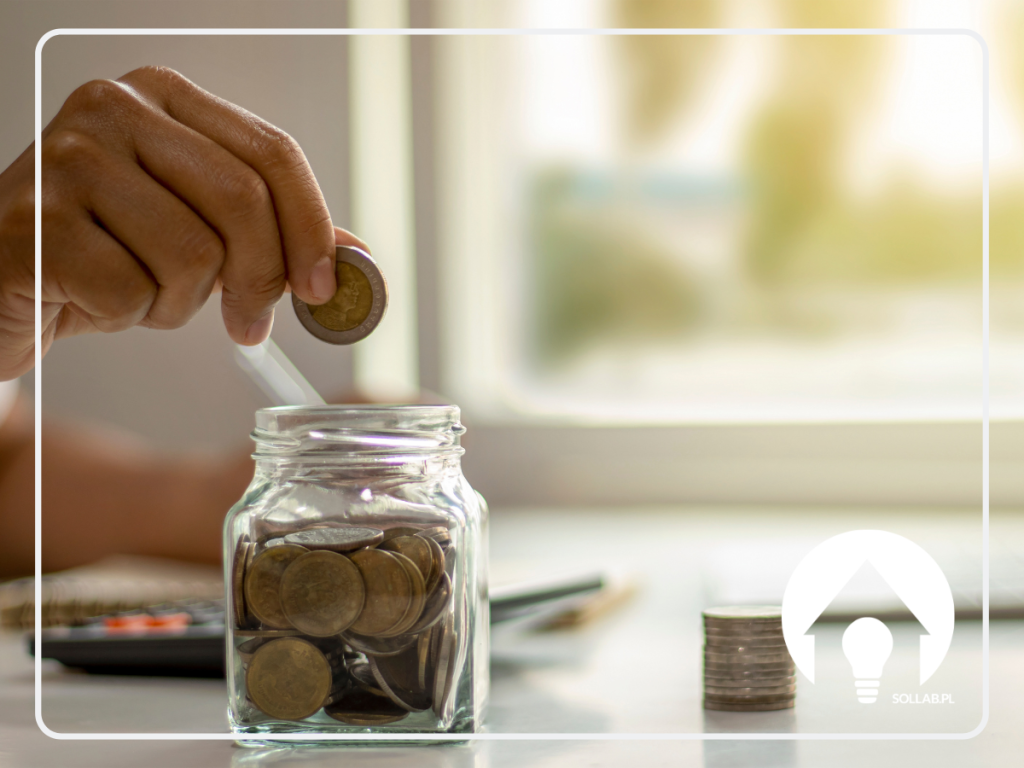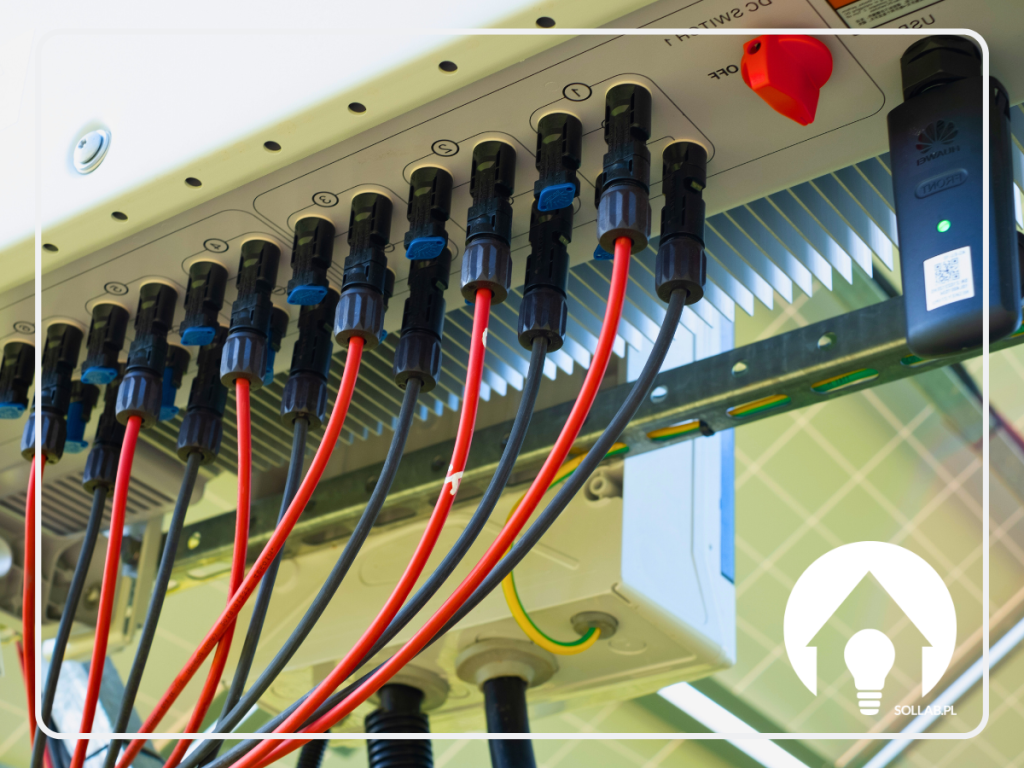How to use the surplus from photovoltaics?
Home-generated electricity from photovoltaics saves a lot on electricity bills. Not every owner of a home photovoltaic installation knows how to manage the excess energy produced. An investment in a photovoltaic installation is most profitable when the electricity produced is consumed on an ongoing basis. This is not always possible, so there are ways to maximise consumption. The electricity produced by the panels can be consumed for current needs, stored or sold.
When does surplus energy from a photovoltaic installation arise?
A surplus of energy in a photovoltaic system arises when the system produces more electricity than is needed at any given time to power appliances in the home or business. This phenomenon usually occurs in certain situations. The operation of photovoltaics depends on the amount of solar radiation, which varies according to the time of day and year. At certain times, especially in summer when the amount of sunshine is higher and the day is longer, an excess of electricity is produced. In such cases, it is not possible to consume it on an ongoing basis, resulting in an energy surplus. The opposite is true in winter, when there is little sunshine and the day is shorter, in which case the installation produces considerably less electricity. Furthermore, the photovoltaic panels do not work during the night. In these situations, it is useful to make use of the surplus energy generated beforehand. How can it be stored so that it can be used efficiently?
What to do with excess energy?
It is obvious that it would be most cost-effective to use all the energy produced by a PV installation for its own needs or as much as possible. However, if it is not consumed on an ongoing basis, there are solutions to consume and store as much of the electricity generated as possible. Proper energy management means less expenditure.
Ways to use surplus energy produced from photovoltaics:
- Use energy-intensive devices during the day - This is the most cost-effective solution, but requires adjustment to the schedule . Using energy-consuming appliances, such as the washing machine, dryer, dishwasher or air conditioner, during the day when the photovoltaic panels' electricity production is highest is very important. In this way, you can increase the use of the energy you produce and minimise the cost of purchasing it from the grid.
- Photovoltaic installation with energy storage - equipping a photovoltaic installation with energy storage allows us to store excess electricity production. When, during a cloudless summer day, production significantly exceeds our consumption, by purchasing an energy store we can accumulate the excess and use it at night or during a cloudy day. The installation of even a small amount of energy storage, together with a correctly selected installation power, can increase autoconsumption by up to approximately 90%. This will undoubtedly result in tangible savings for the user.
- Switch to heat pump heating – A heat pump combined with a photovoltaic installation saves on electricity bills. The use of a solar-powered heat pump also makes it possible to increase the energy efficiency of the building and reduce greenhouse gas emissions.
- Charging an electric car - charging the car allows increased energy consumption while reducing fuel costs.
- Water heating - Surplus energy can be used to heat water in the house, which is particularly effective in the summer months when heating demand is low.
- Investing in smart home management - Smart home systems can automatically regulate energy consumption, using the surplus to power appliances in the most efficient way.
- Sale of energy to the grid - From 1 April 2022, owners of photovoltaic installations can sell surplus electricity under a net-billing system. In this system, the value of the energy is taken into account, not the quantity, so that surplus photovoltaic energy injected into the grid is valued at the average energy price prevailing on the wholesale market for the month. The capital obtained from the sale goes into a special account. When electricity is taken off the grid, it will be reduced by the value of the energy valued according to the electricity retailer's price list.
Choosing the right installation
Increased autoconsumption is facilitated by a properly sized PV installation. The key in this respect is to design and implement the installation to match the well-defined needs of the investor. It should also not be forgotten that a more stable production during the day can also be influenced by varying the location of the panels. This will reduce the extent to which surplus power produced is sent to the grid. A reliable and comprehensive audit may be the solution. Before starting work on the design of a PV installation, it is worth taking into account the energy requirements of the home or business , and analysing the needs of the residents or employees. It is advisable to adapt the power of the installation to the daily schedule of all household members and company employees.
At the end of the day, the decision to choose a photovoltaic installation should be well thought out and tailored to individual needs and possibilities. Investing in solar energy is not only a financial benefit, but also a contribution to environmental protection.
















